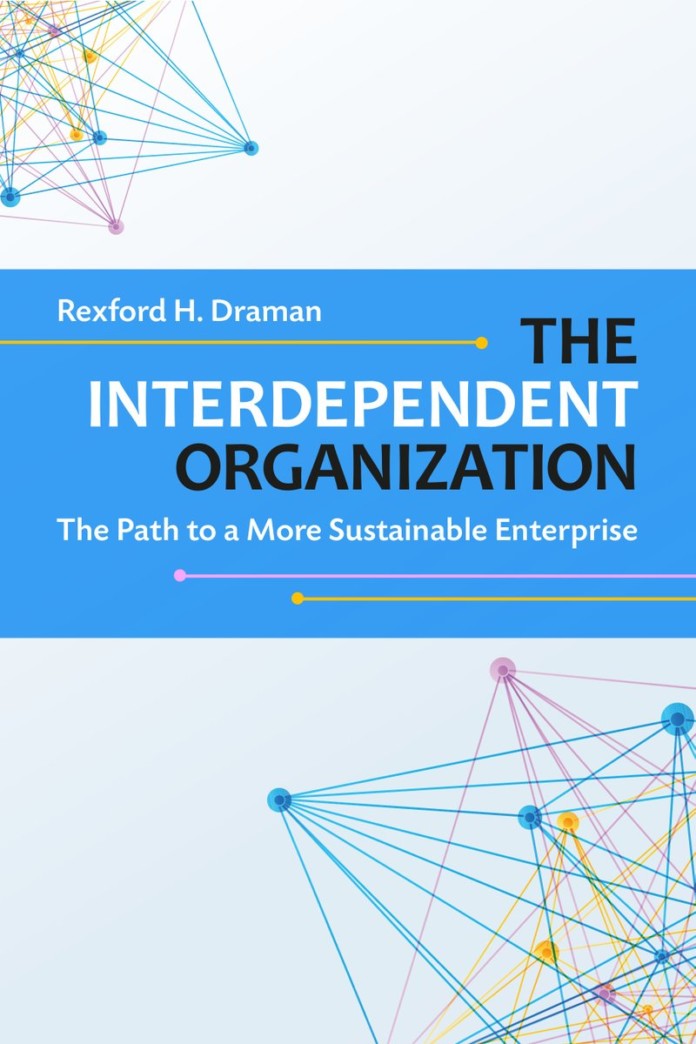The book provides its readers with a template for the development of an individualized transition plan to guide their journey toward becoming more organizationally sustainable. We as humans tend to rely on our current set of assumptions when we evaluate our actions and their potential impact on the future. With today’s ever-increasing rate of change in technology, our access to information, and cultural interactions (interdependence) around the world, the reliance on old ways of thinking (linear) will not allow us to effectively transition into the systems-based world of tomorrow.
- Introduces a practical systems-based transitional path to organisational sustainability that can be followed by managers
- An easy-to-read explanation of the evolution of today’s business practices for students and managers alike
- Draws on real-world stories
These proven tools provide increased productivity with a proven bottom-line improvement that exceeds 30%. This introduction to systems-based tools and thinking provides the organization with the time to become more familiar with this new way of thinking and making business decisions before they expand their exposure to broader, more complex systems-based and sustainable practices. The second stage of this journey is focused on introducing new tools and practices to insure a consistent set of measures are used across the organization. The third and final stage focuses on aligning the organization’s people-management practices.
These proven tools provide increased productivity with a proven bottom-line improvement that exceeds 30%. This introduction to systems-based tools and thinking provides the organization with the time to become more familiar with this new way of thinking and making business decisions before they expand their exposure to broader, more complex systems-based and sustainable practices. The second stage of this journey is focused on introducing new tools and practices to insure a consistent set of measures are used across the organization. The third and final stage focuses on aligning the organization’s people-management practices.
REXFORD H. DRAMAN is Visiting Assistant Professor of Management & Marketing at the University of Wisconsin, River Falls.










